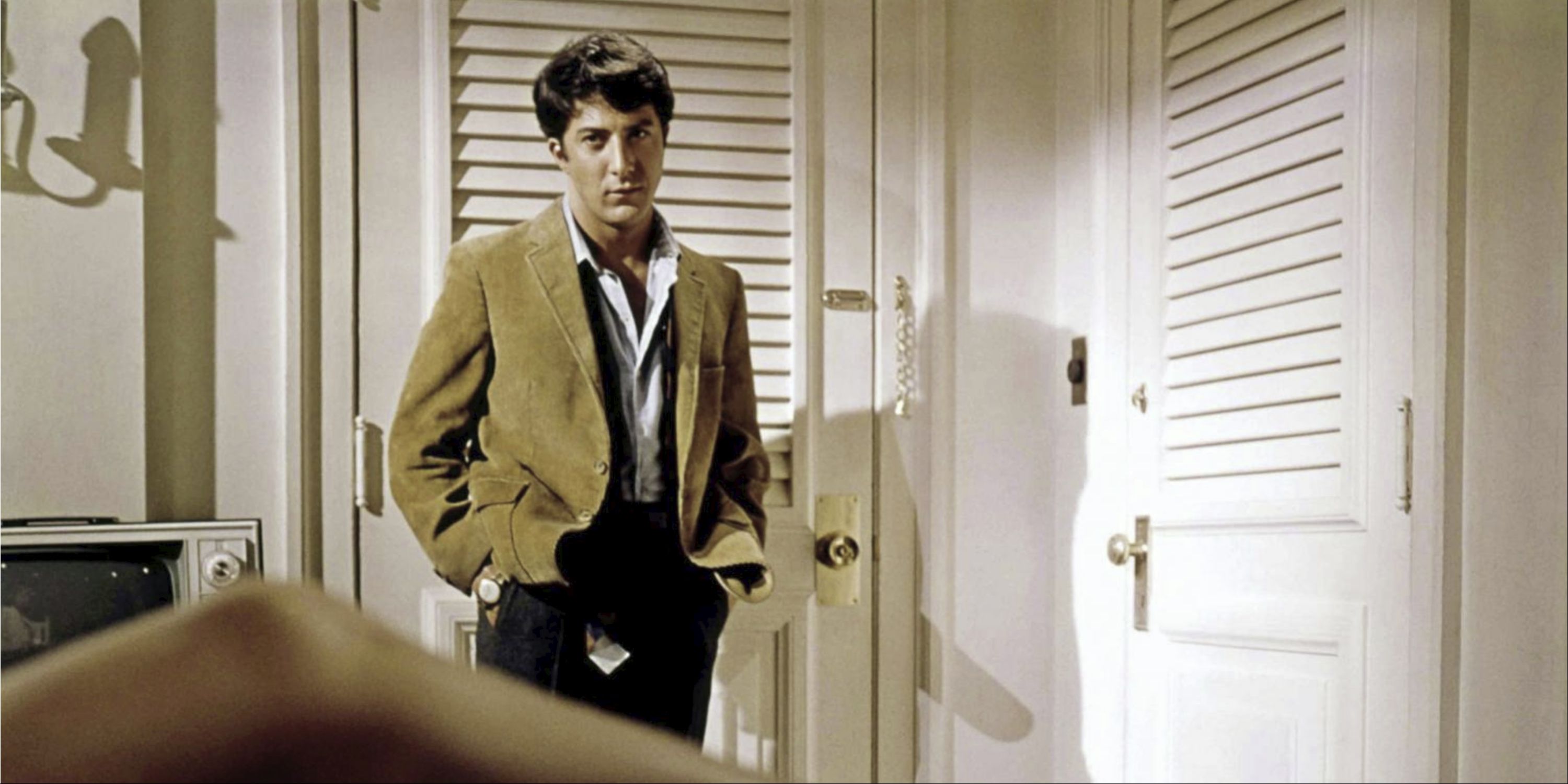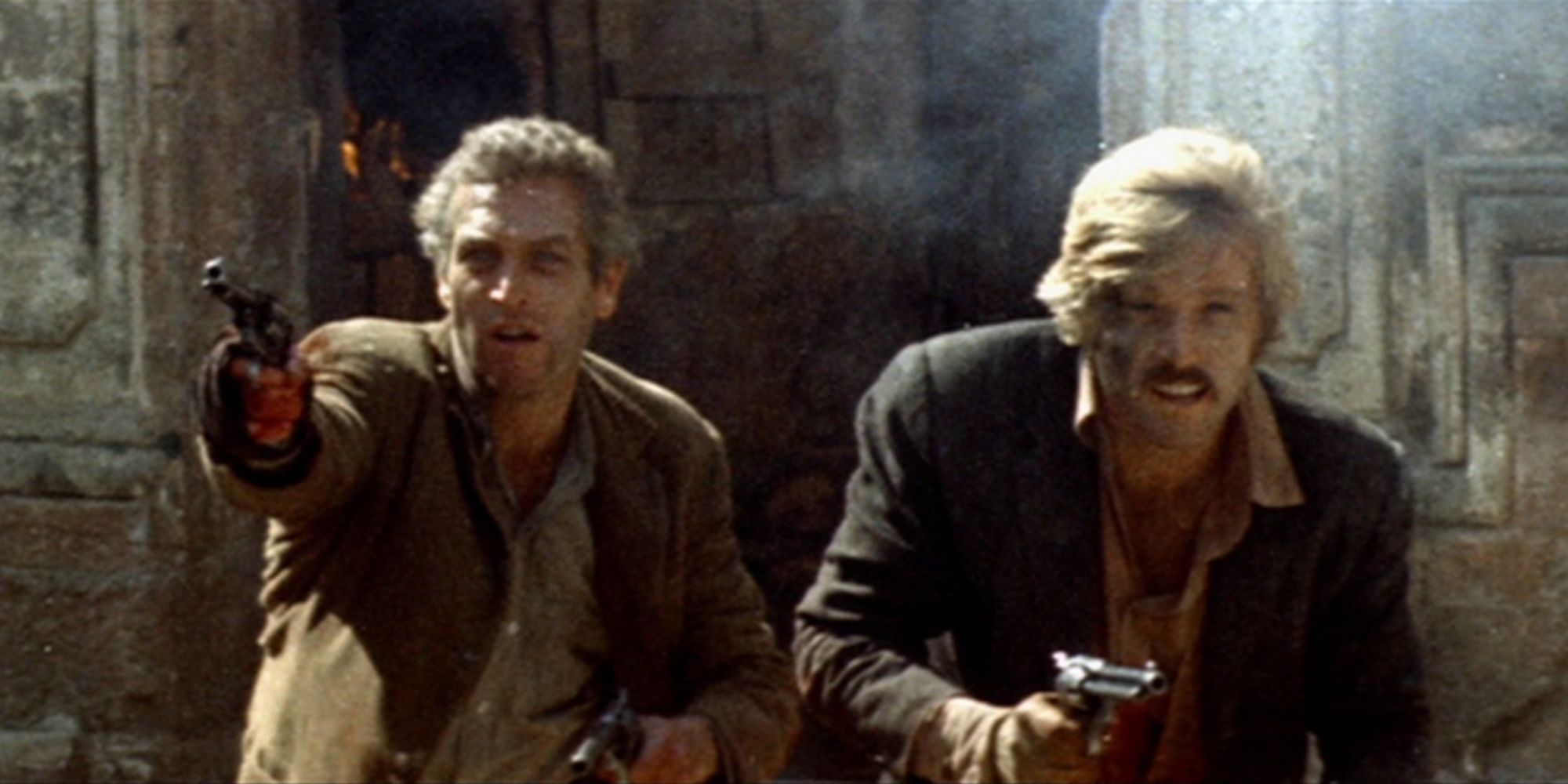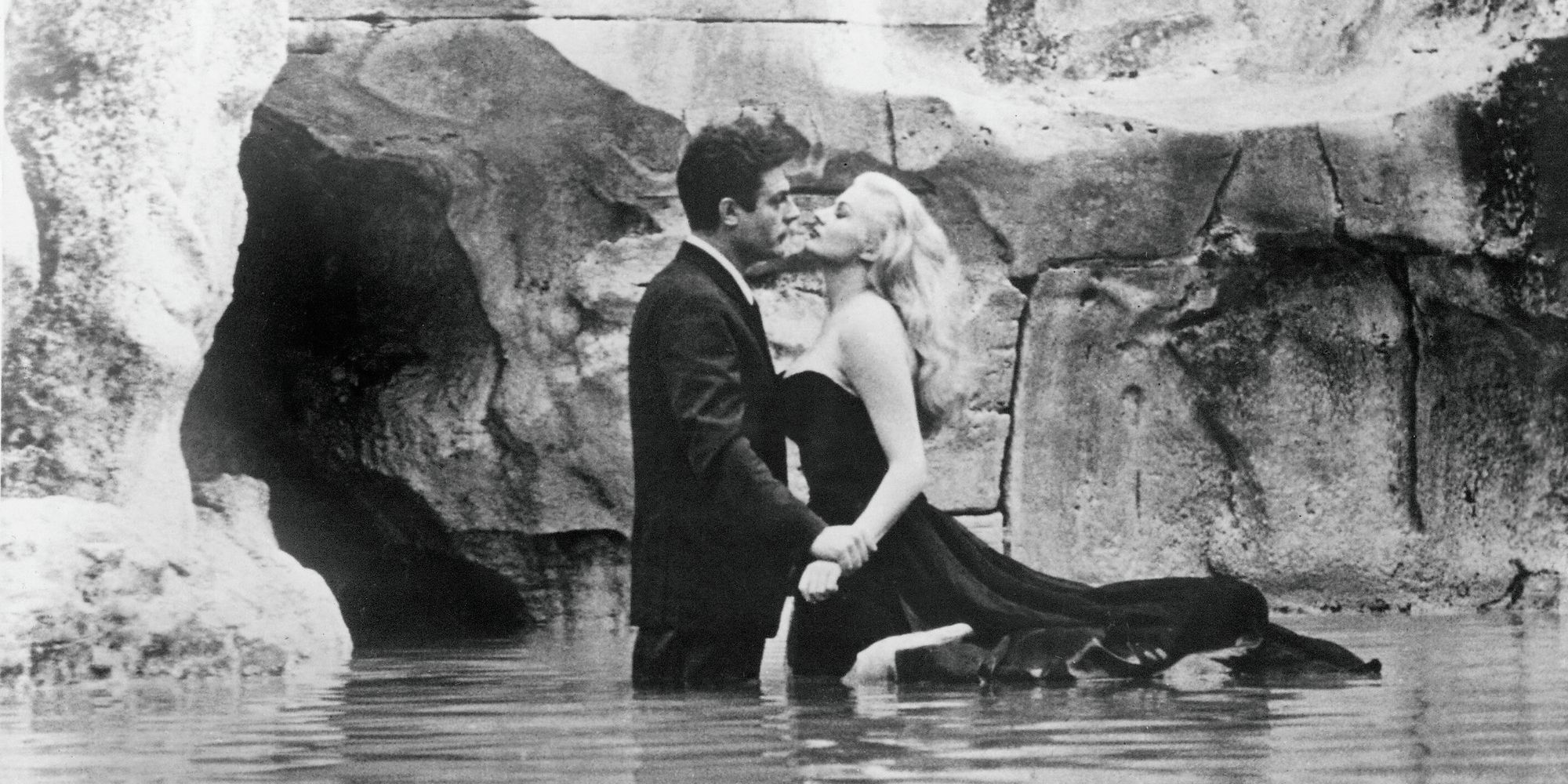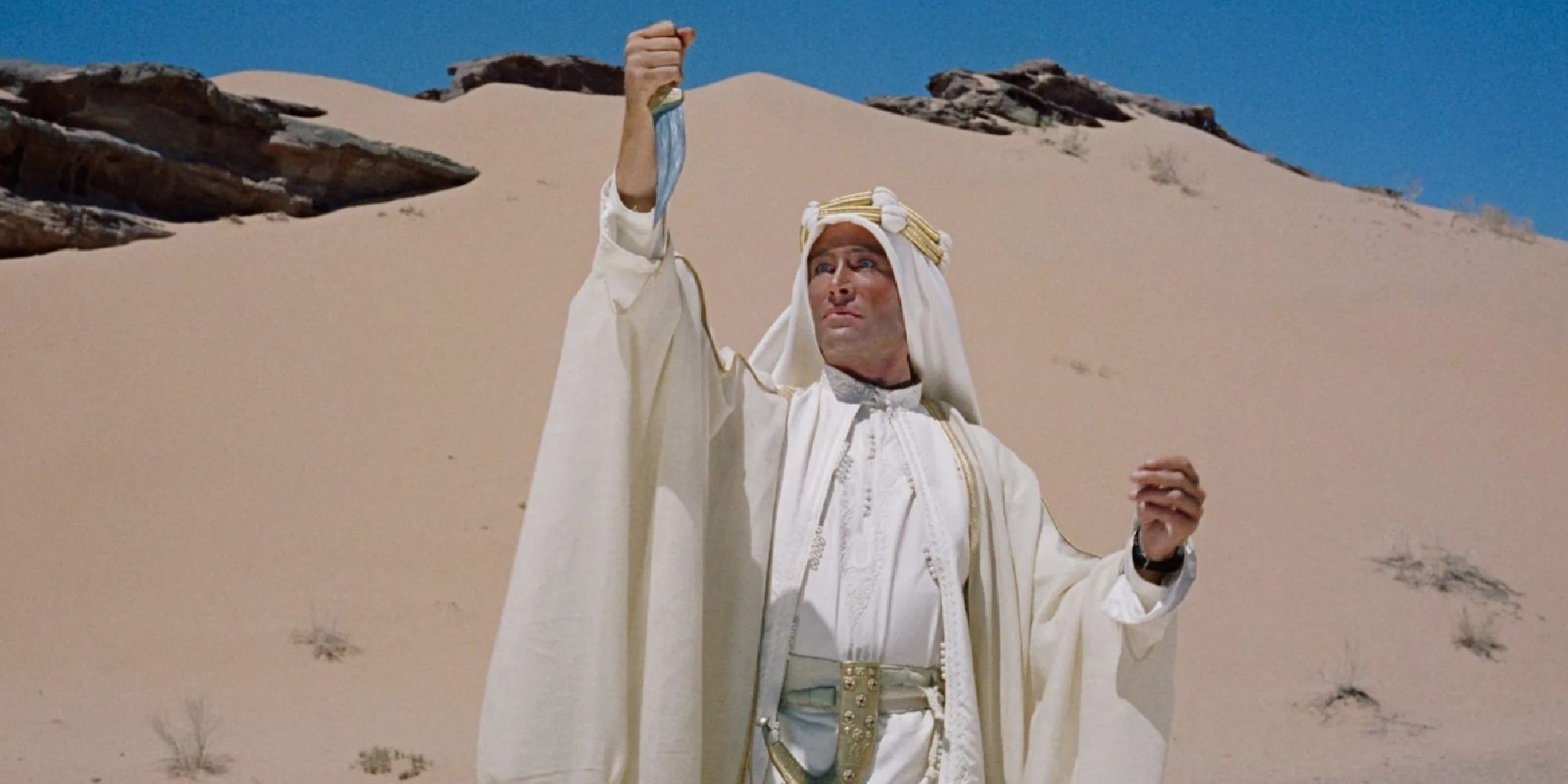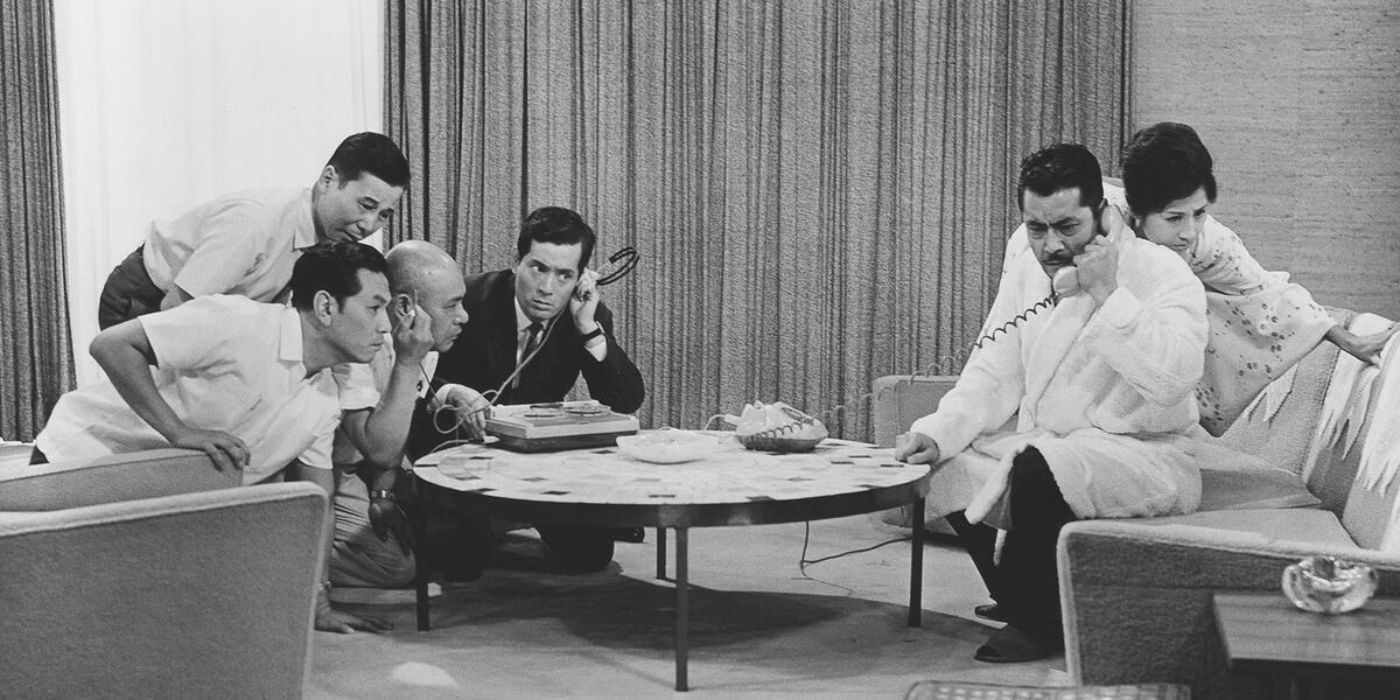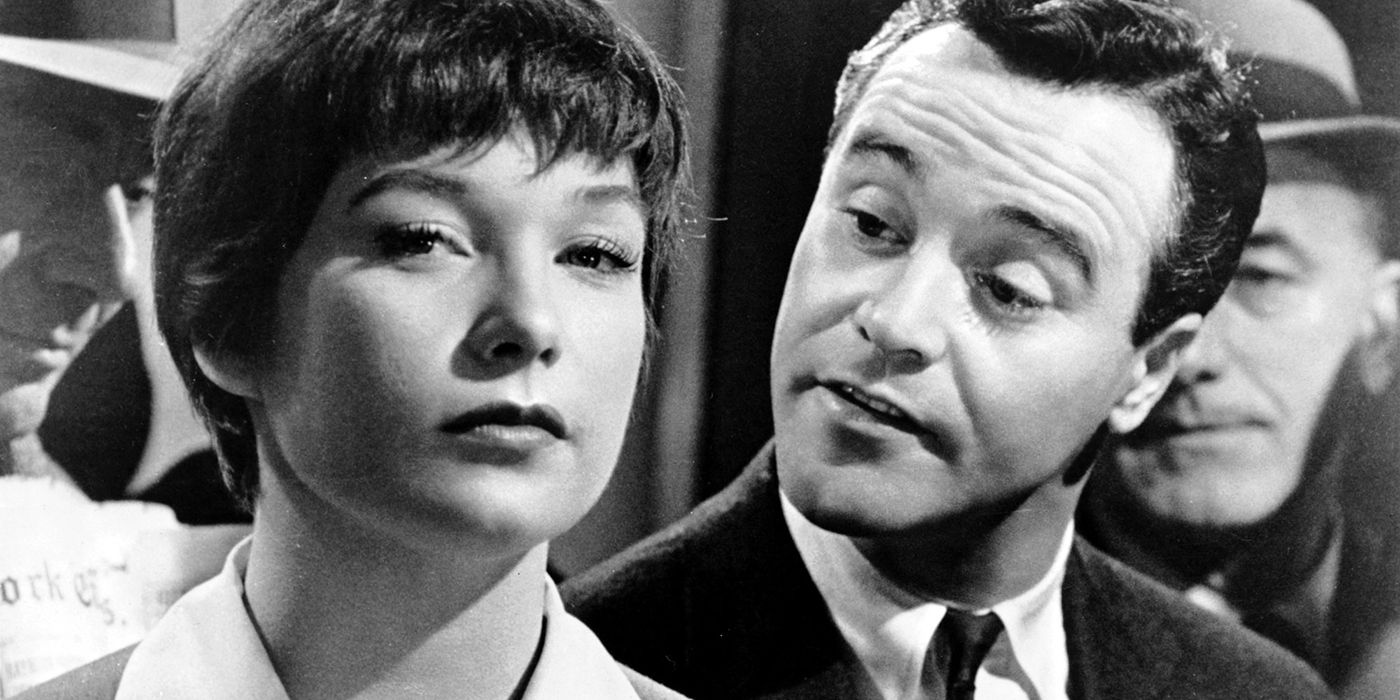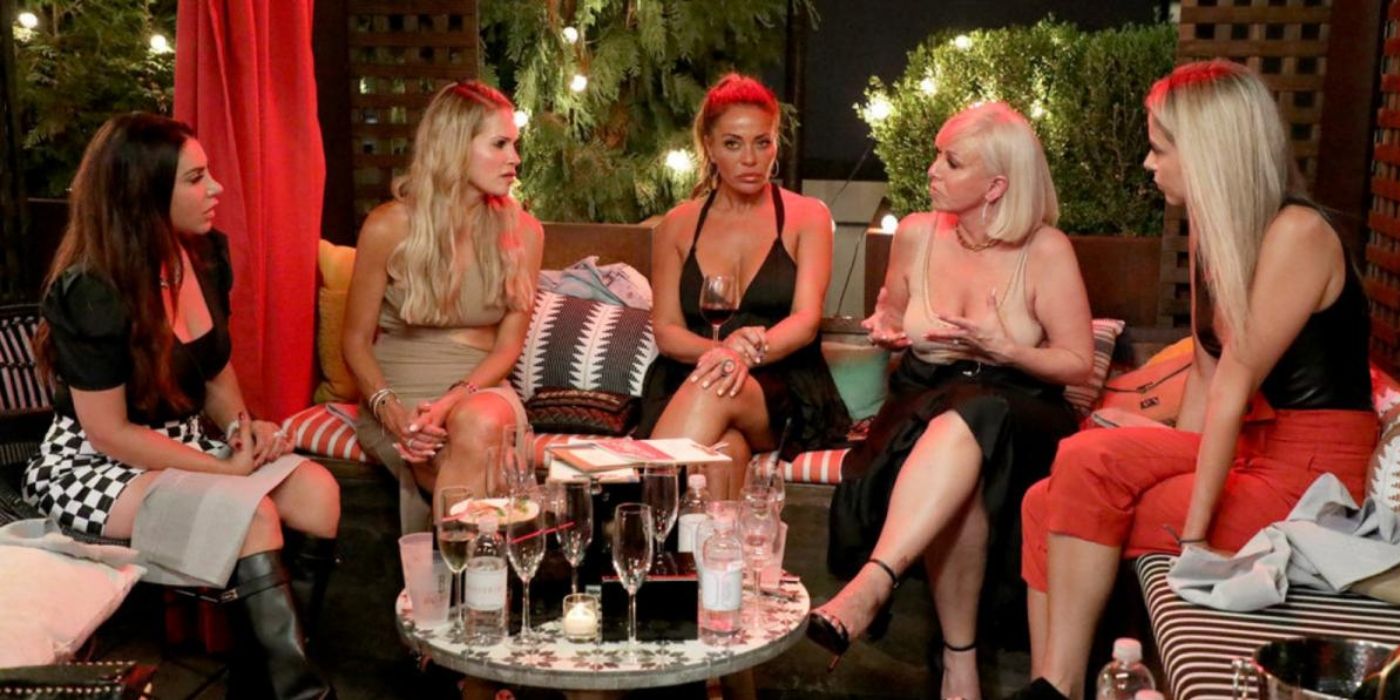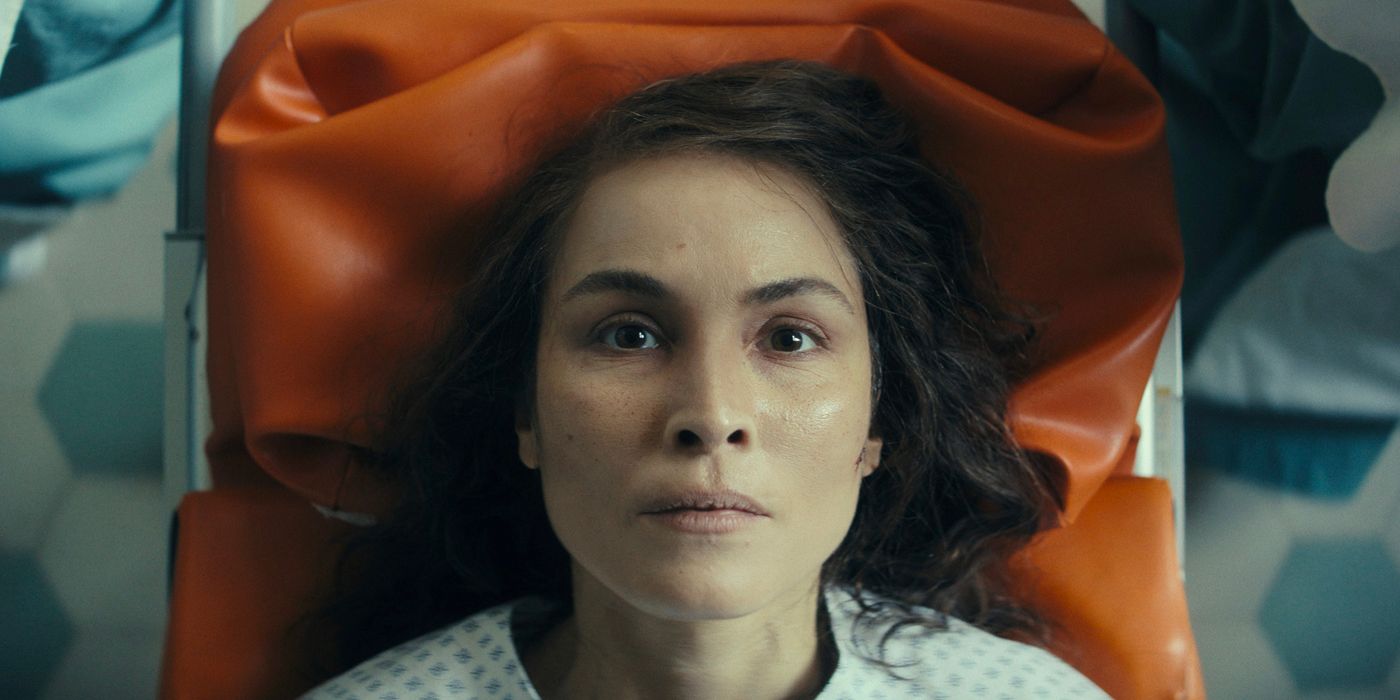Every decade since cinema’s inception has seen the release of numerous classic films, but even so, the 1960s feel particularly special within the medium’s history. There was a certain level of freedom technologically, given factors like the adoption of wide-screen formats that had taken off in the 1950s and more freedom to shoot in color or black-and-white. There were also fewer restrictions when it came to content, particularly in the American film industry, with the winding down of the oppressive Hays Code.
Add to that how various film industries outside Hollywood – like those in Italy, France, Sweden, and Japan especially – were starting to get even more international recognition than they’d had in the 1950s, and you’ve got all the necessary ingredients for a great decade of movies. The 1960s saw the release of so many fantastic films that often hold up surprisingly well all these decades later, with some of that decade’s very best being ranked below, starting with the great and ending with the greatest.
25 ‘8½’ (1963)
Federico Fellini was behind some of the best Italian movies of all time, and the 1960s might well have been the decade where he was at his artistic peak. This is demonstrated by something like 8½, which sees the filmmaker at his most introspective, making a movie about the creative process and the hardships of filmmaking.
It’s easy to see 8½ as a film that at the very least is semi-autobiographical, with the lead character here – a director played by frequent Fellini collaborator Marcello Mastroianni – being a stand-in for the filmmaker himself. It’s a movie that provides personal drama in its story and a level of inventive surrealism with its presentation, making it overall unique and capable of leaving quite the impression.
24 ‘The Sound of Music’ (1965)
The Sound of Music is undoubtedly among the most popular and critically acclaimed musicals of the 1960s, which was a time when the genre was overall very popular. It was a Best Picture winner and also something of an epic, running for almost three hours and combining family drama, romance, and even a little by way of war themes into one large-scale movie.
It’s about a young woman becoming a carer for the seven children of a widower, and takes place in Austria shortly before the start of World War II. Those who don’t like traditional musicals might not be crazy about The Sound of Music, but it’s a classic for a reason, and does ultimately remain beloved by many to this day.
23 ‘Peeping Tom’ (1960)
For its time, Peeping Tom was certainly shocking and provocative, and it still has something of an impact today. It follows a particularly disturbed young man named Mark Lewis, and depicts his confronting hobbies and obsessions, principally revolving around fear and death, including capturing such things on film.
Anyone fond of what Alfred Hitchcock was capable of making when he was at his most mean-spirited and gutsy will find plenty to like in Peeping Tom. It functions well as an uneasy horror movie with a slow but absorbing pace, and can certainly be admired for the provocative places it was willing to go way back in the early 1960s.
22 ‘The Hustler’ (1961)
Paul Newman might not have won an Oscar until he starred in this movie’s sequel (The Color of Money, directed by Martin Scorsese), but The Hustler remains his most iconic performance to many. Newman plays the titular hustler, with the film’s plot revolving around a high-stakes match of pool he challenges a well-known player to.
It’s a film that’s very straightforward as a sports drama, but it’s a well-oiled machine of a movie that stays compelling and expertly acted throughout its entire duration. It helped further solidify Newman as one of the decade’s best actors, as well as one of the coolest, and stands as a movie worth watching for his lead performance alone.
21 ‘Yojimbo’ (1961)
An excellent samurai film that’s more about building tension than it is delivering explosive action, Yojimbo is one of the best movies in this genre directed by Akira Kurosawa. It’s about a charismatic wanderer wandering into a town that’s being torn apart by a gang war, with said lone wolf adopting a novel strategy for improving the way of life for the people living there.
He becomes an ally of both gangs, using knowledge of each to play them against each other in the hope that doing so will wipe everyone out. Watching this plan develop and then play out is immensely satisfying, and it of course helps that two Kurosawa regulars – Toshiro Mifune and Tatsuya Nakadai – are here playing the protagonist and antagonist respectively.
20 ‘To Kill a Mockingbird’ (1962)
You can’t talk about great courtroom dramas without bringing up the film adaptation of To Kill a Mockingbird, which certainly does the iconic novel of the same name justice. It’s about a lawyer defending a Black man in court in Alabama, set at a time when racism was prevalent, meaning few people in town seem willing to entertain the notion that the accused is innocent.
It succeeds for numerous reasons, but Gregory Peck’s commanding and pitch-perfect performance as the lawyer, Atticus Ross, might be the principal one among those. It’s a moving and expertly paced film, and one of those particularly great 1960s movies that seems to have lost none of its impact with age.
19 ‘War and Peace’ (1966)
Of the numerous War and Peace film and TV adaptations out there, few can claim to be quite as epic as this version released in four parts throughout the mid-1960s. It’s a Russian adaptation that uses its seven-hour runtime to get a decent amount of Leo Tolstoy’s iconic novel in one film (though it can’t get everything, given the book’s 1000+ pages).
Following numerous characters over many years, War and Peace is a sweeping epic that combines larger-than-life romantic drama and even larger war sequences into one epic. The battle scenes in particular are on a scale that’s never been matched, at least when it comes to the pre-CGI era (and even then, the number of extras involved in War and Peace rivals the computer-generated armies seen in many big Lord of the Rings battles).
18 ‘Breathless’ (1960)
Jean-Luc Godard was always a rule-breaking and provocative filmmaker, with these qualities making him both loved and disliked by different viewers for differing reasons. Breathless is far from his only noteworthy movie, but for better or worse, stands as his most famous, perhaps because it was an early French New Wave film and therefore ended up being undeniably influential.
It’s a suave and stylish film, following a thief who’s on the run from the law, and the way he tries to convince a young woman to join him as he flees. It’s uninterested in being conventional in just about any way, though its influence on films that followed it now means certain things may not feel as jarring or unusual nowadays. Nevertheless, Breathless is still very easy to appreciate and enjoy.
17 ‘Bonnie and Clyde’ (1967)
Breathless was a crime-drama that broke certain rules before Bonnie and Clyde did, which might suggest the American film industry took a little while to catch up to the French one. But that doesn’t negate Bonnie and Clyde’s impact when it comes to things like its abrasive yet confident editing, its shocking bursts of violence, and its willingness to make the titular bank robbers/criminals rather likable and endearing.
It’s an excellently told story and one with the kind of pacing and brazenness that gives it a sort of timeless quality. Also commendable are the performances; not just Faye Dunaway and Warren Beatty in the titular roles, but also the strong supporting cast that includes Gene Hackman and even a brief cameo (of sorts) from Gene Wilder.
16 ‘In the Heat of the Night’ (1967)
In the Heat of the Night came out during a great year for cinema, and ended up taking home the top prize at the Oscars, winning Best Picture. It’s a crime/drama/mystery movie that deals with racial issues of the 1960s, given its premise sees a Black police detective (played by Sidney Poitier) investigating a murder in a Mississippi town.
Some aspects of it have aged a little, compared to some other groundbreaking movies of the late 1960s, but it remains a historically significant movie and an engaging one. It’s one of Poitier’s most celebrated roles for a reason, with co-stars like Rod Steiger and Lee Grant turning in strong performances, too.
15 ‘The Man Who Shot Liberty Valance’ (1962)
There might be something of a misconception surrounding the sorts of Westerns John Ford directed and John Wayne starred in. Perhaps some of their earlier collaborations are a little simplistic by modern standards, and could have somewhat dated views on morality, law, and justice. But their later films did challenge such direct perspectives, exemplified by films like 1957’s The Searchers, to some extent, and then 1962’s The Man Who Shot Liberty Valance, to a greater extent.
It’s a film where Ford and Wayne could look back on the Westerns they made, all the while the film itself also has a character looking back at their past with brutal honesty. The Man Who Shot Liberty Valance digs deeper than expected, and is a very thoughtful movie, naturally bolstered by strong performances from its lead actors – Wayne and James Stewart – too.
14 ‘The Great Escape’ (1963)
With an impossibly cool cast that includes the likes of Steve McQueen, James Coburn, Richard Attenborough, and of course Charles Bronson, The Great Escape lives up to its title by being truly great. It’s perhaps the definitive prison escape movie, playing out over the course of almost three hours and detailing said escape being planned and executed, and then further time devoted to its aftermath.
Even if you know the outcome, The Great Escape remains tense and exciting, which is a clear indication that a thrill-heavy film is particularly well-made. It’s rousing, fun, and packed with great characters and memorable scenes, overall being an undisputed classic of its decade.
13 ‘The Graduate’ (1967)
A coming-of-age film that inspires discomfort and dread more than any particularly uplifting emotions, The Graduate is darkly funny and brutally honest about the struggles of young adulthood. Dustin Hoffman plays the titular graduate, with the film detailing his confusion and lack of purpose in post-college life.
Much of The Graduate is also about this character’s uncomfortable romantic escapades, with him having an affair with the mother of the young woman his parents would like him to settle down with. It’s funny, awkward, and, in a way, also quite sad, with certain themes and ideas explored remaining particularly relevant and hard-hitting even to this day.
12 ‘Butch Cassidy and the Sundance Kid’ (1969)
The legendary Robert Redford and Paul Newman had such great chemistry on screen that it’s surprising they only starred in two movies together. While The Sting (the second of their team-ups) found more success at the Oscars, it’s arguably Butch Cassidy and the Sundance Kid that stands as the stronger film of the two overall.
It’s a buddy movie and a Western wrapped up in one, following two charismatic outlaws as they go on the run from the law, and get in increasing amounts of trouble from scene to scene. It’s a movie that’s both funny and heartfelt, and it does all this while also having constant forward momentum and plenty of fun action/adventure scenes, overall standing as an example of near-perfect 1960s entertainment.
11 ‘La Dolce Vita’ (1960)
While 8½ is more personal and dreamlike, La Dolce Vita is the Federico Fellini film from the 1960s that stands as his best from the decade, and arguably his overall masterpiece. It’s an epic movie with a runtime of 176 minutes, and is split into several parts that are linked by having the same central character – a detached journalist – in each.
Through exploring various different characters and lofty ideas, La Dolce Vita ends up feeling like a film that touches upon human nature in all its complexity, and it’s similarly ambitious with the emotions it conveys, being funny, dark, tragic, romantic, and cynical, all at different times. There was nothing else like it in 1960, and now, 60+ years later, it still feels entirely unique and staggeringly bold.
10 ‘Persona’ (1966)
Picking a favorite Ingmar Bergman film can be a difficult task, because the great Swedish filmmaker was behind numerous classics that were as groundbreaking as they are timeless. His 1966 film, Persona, will often be a contender, though, because it’s the sort of psychological drama/thriller that aims to get under one’s skin, and stay there, no matter what.
In attempting to do this, it’s ultimately successful, because this story of two women who find their personalities merging in unexpected ways still feels eerie and unnerving. Persona is not an easy film to watch or analyze, but it’s continually interesting and feels worth mulling over, which makes it one of the best – and most experimental – psychological dramas of its time.
9 ‘Lawrence of Arabia’ (1962)
Lawrence of Arabia stuns because not only is it one of the biggest epics of all time, but it’s also amazingly effective as a personal, intimate, and thought-provoking biopic. The figure at its center is T.E. Lawrence, a British officer who got wrapped up in a conflict during the First World War, and then saw his life take an incredibly interesting turn in the war’s aftermath.
Watching a film that runs for nearly four hours might sound daunting, but Lawrence of Arabia goes down easy, thanks to its monumental and well-paced story, its beautiful visuals, and its great lead performance from Peter O’Toole. David Lean made numerous epics, and most of them were great, but few leave quite the impact that this one does.
8 ‘Psycho’ (1960)
Alfred Hitchcock was probably at his peak during the 1950s, because that was the decade that saw a particularly high number of classics released by the great director. Yet in no way can the 1960s be discounted when talking about significant Hitchcock films, as he saved one of his most noteworthy for the first year of the decade: Psycho.
It’s the sort of iconic movie where everything that could be said about it has already been said, and its fame (or infamy) is such that it’s hard to imagine many people going into Psycho not knowing at least one of its surprises beforehand. But the craft can still be admired regardless, and the brazenness of some of the film’s most iconic moments is still rather awe-inspiring, especially considering Psycho’s age.
7 ‘High and Low’ (1963)
Following Yojimbo and its 1962 sequel, Sanjuro, Akira Kurosawa reteamed with the great Toshiro Mifune and Tatsuya Nakadai for a non-samurai movie: High and Low. It’s a police procedural/crime movie that shows Kurosawa could do far more than just samurai action/drama films, because High and Low is absolutely riveting.
It’s about a wealthy and ambitious executive becoming the target of an extortionist, and what happens when this mysterious figure accidentally kidnaps the child of one of the executive’s employees, rather than the executive’s young son. It’s tense, exciting, and extremely well-paced, and is also notable for how well staged and shot many of the scenes are, with impressive long takes aplenty.
6 ‘The Apartment’ (1960)
Standing as one of Billy Wilder’s best-written movies (and that’s really saying something), The Apartment is a blast, working as a hilarious comedy and a human romance/drama film all at once. It’s about a worker wanting to do all he can to impress the higher-ups at the place of his employment.
This extends to him letting those higher-ups use his apartment as a place to conduct their extramarital affairs, with this choice eventually having unforeseen consequences. It was daring for its time, and even if some of the impact is lessened nowadays, The Apartment’s still incredibly charming and entertaining, overall standing as a deserving Best Picture winner at the Academy Awards.

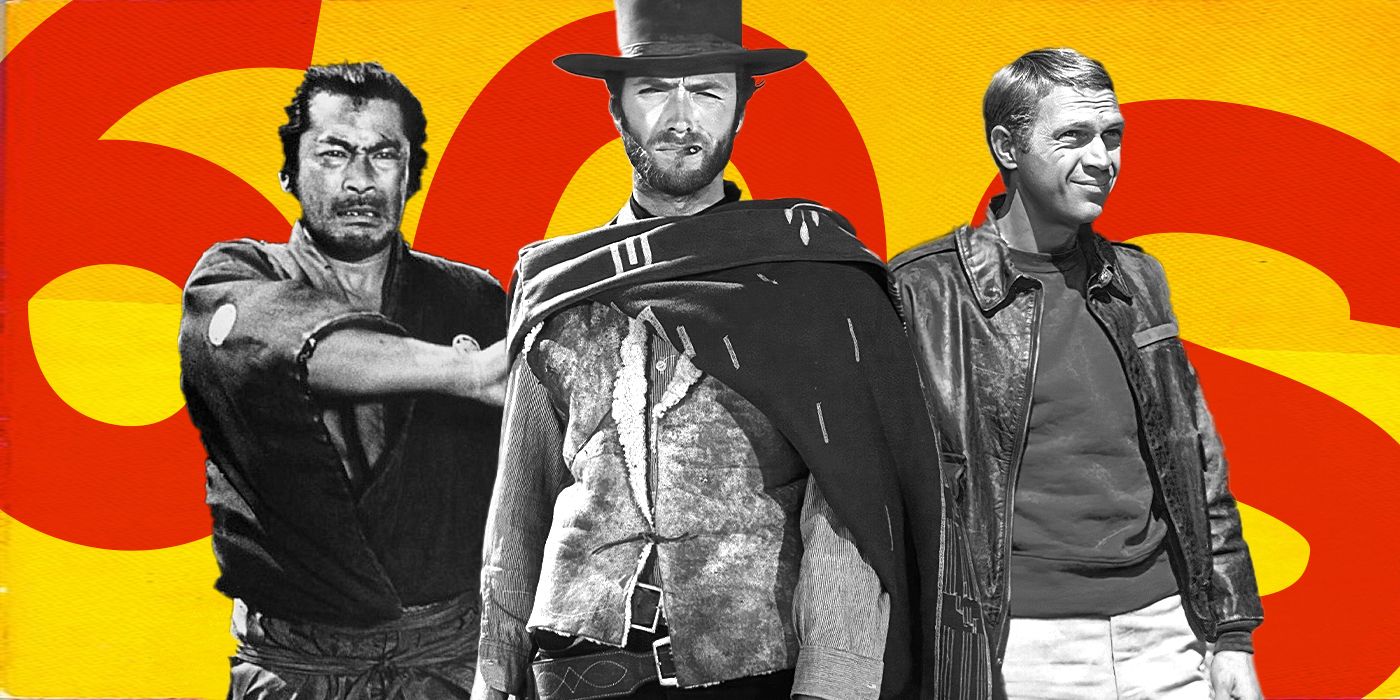
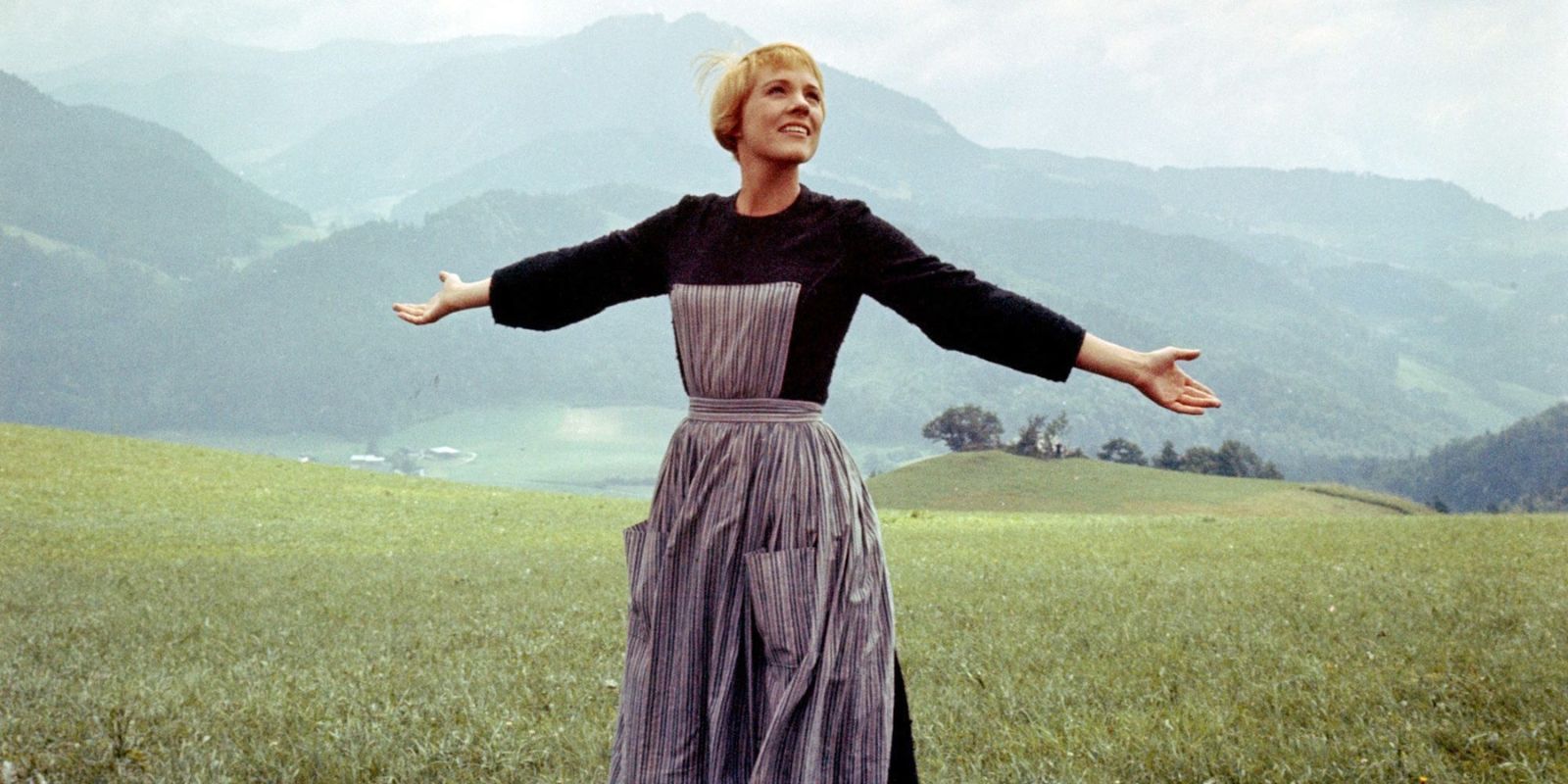
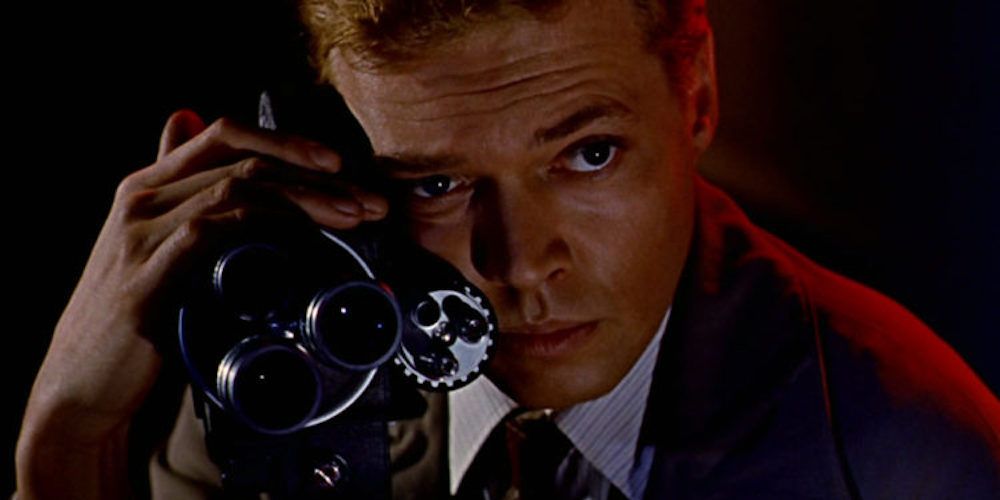
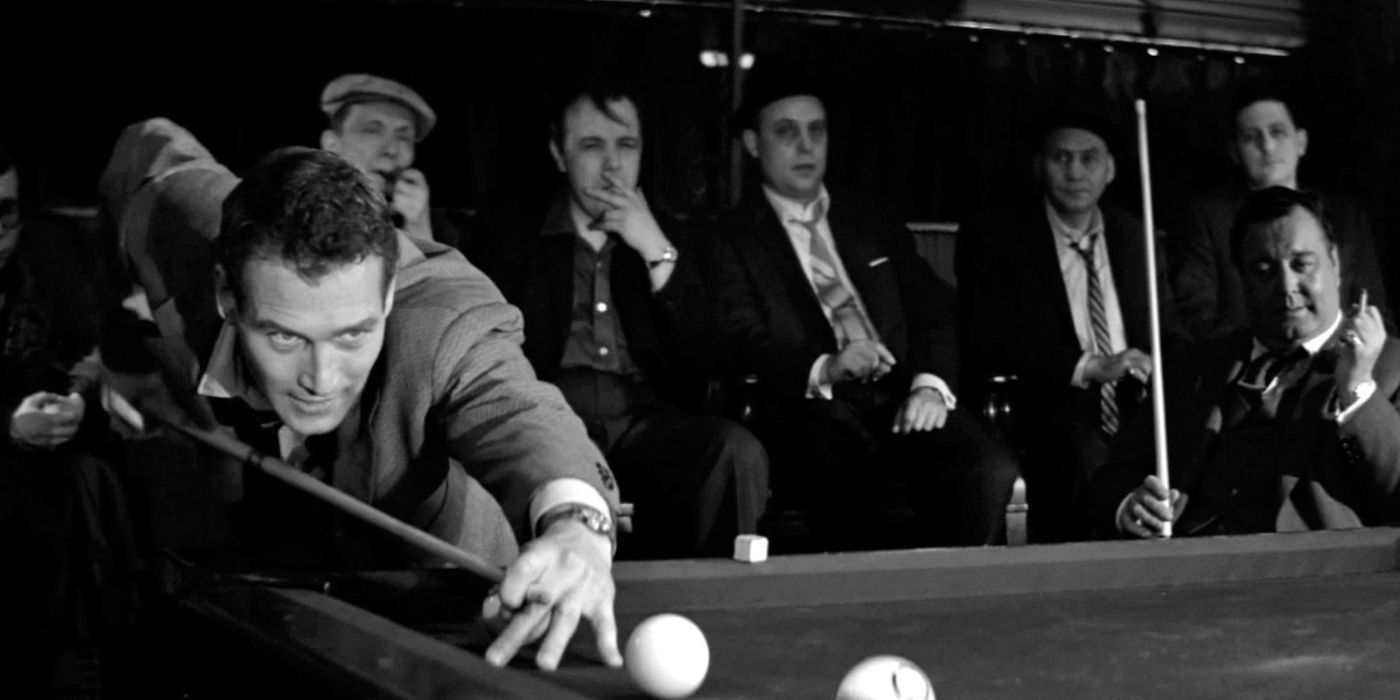
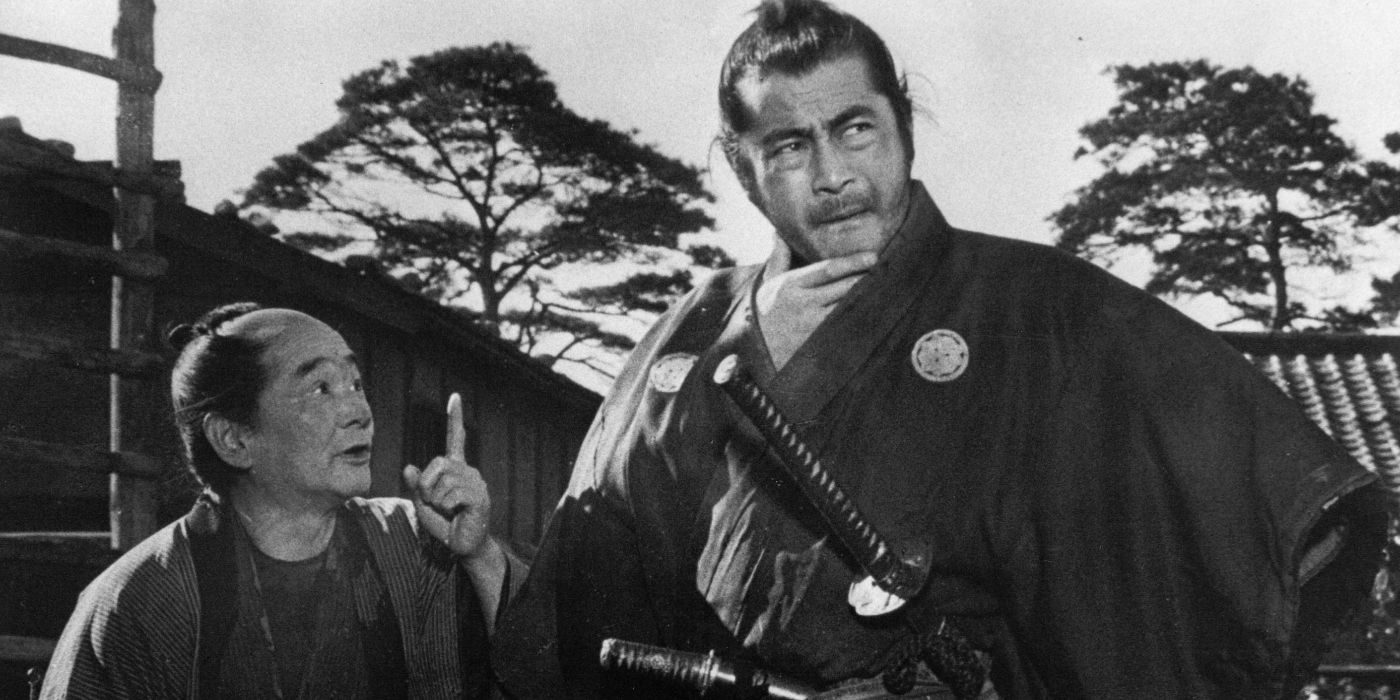
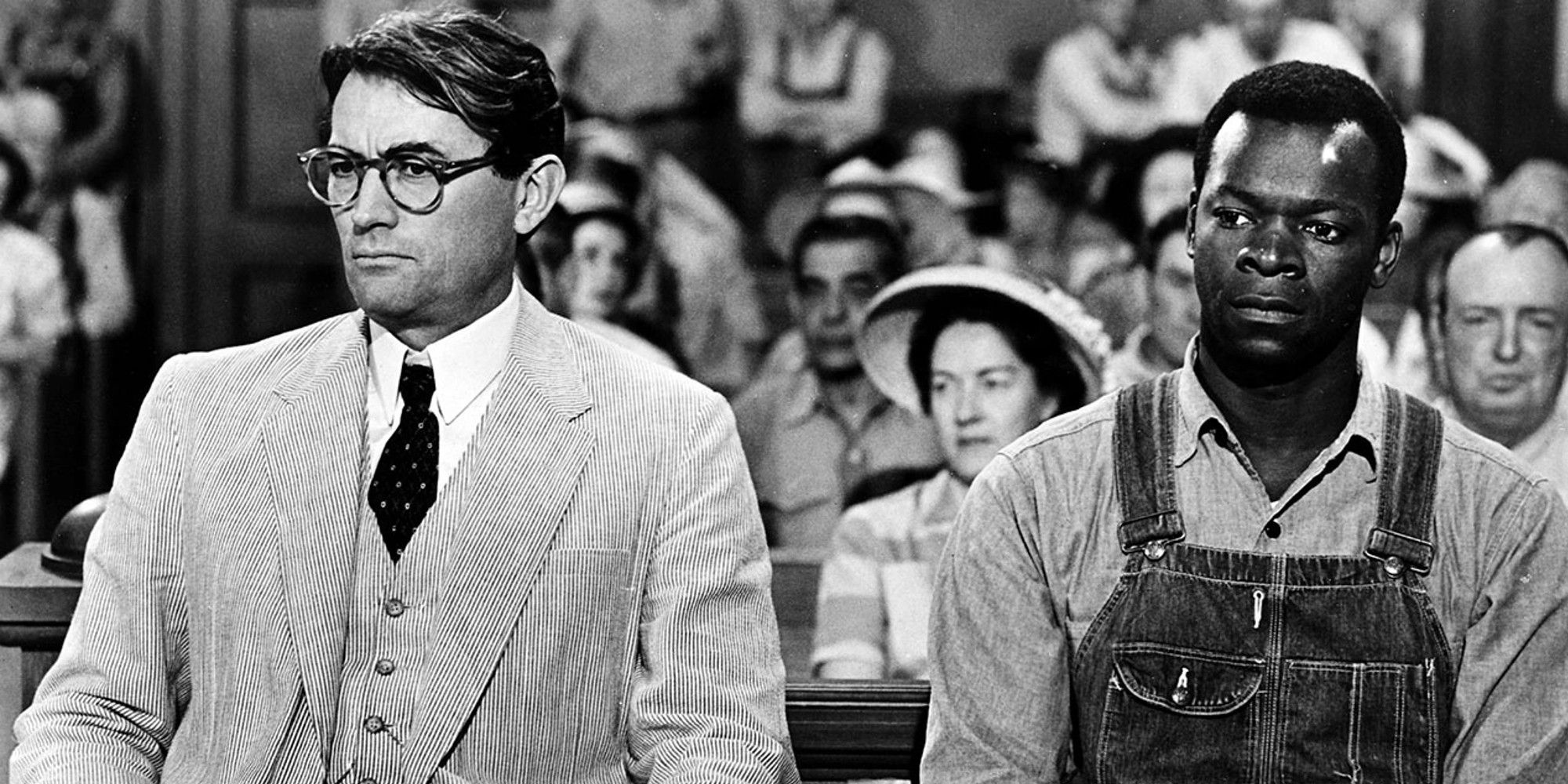
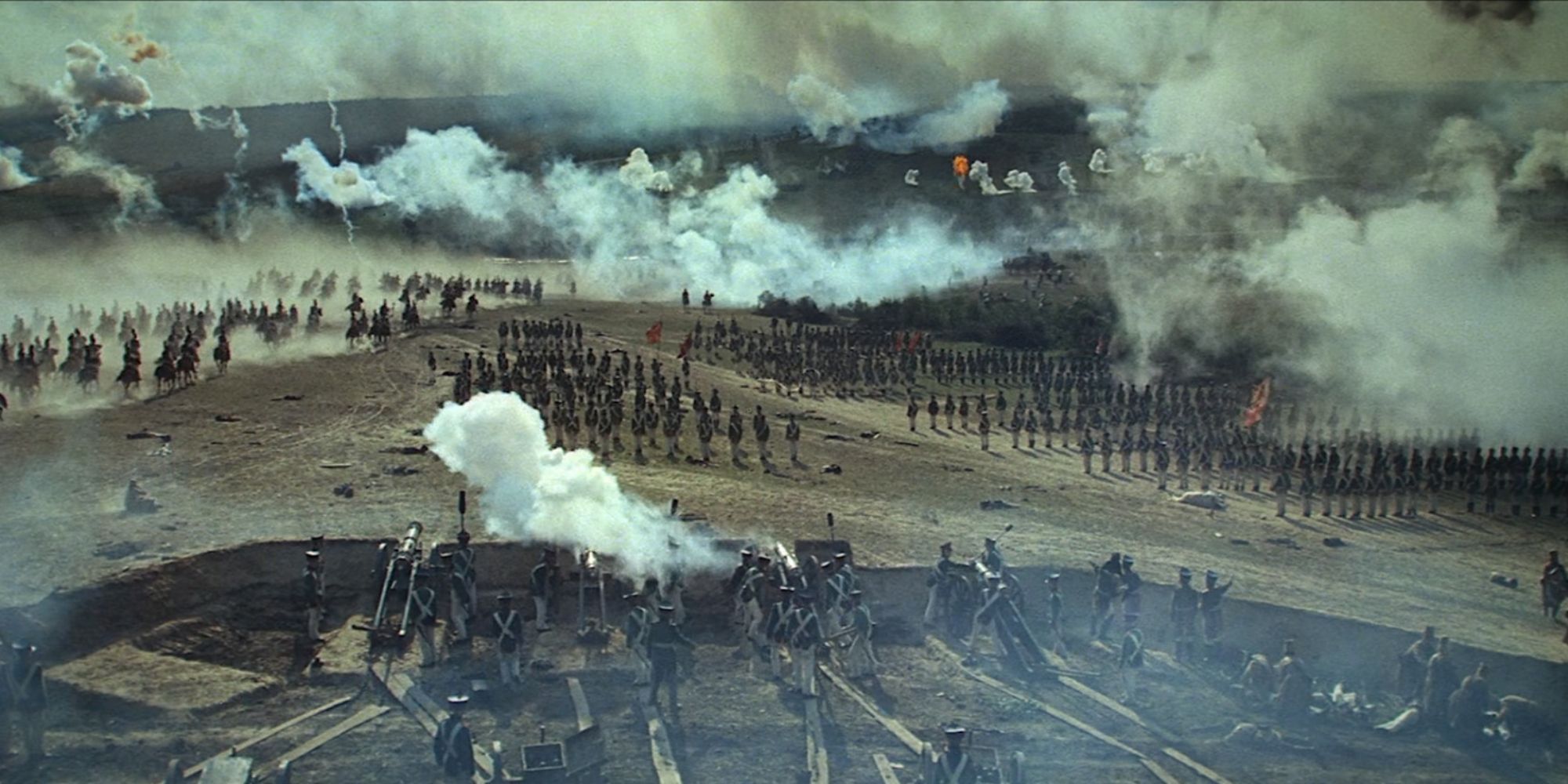
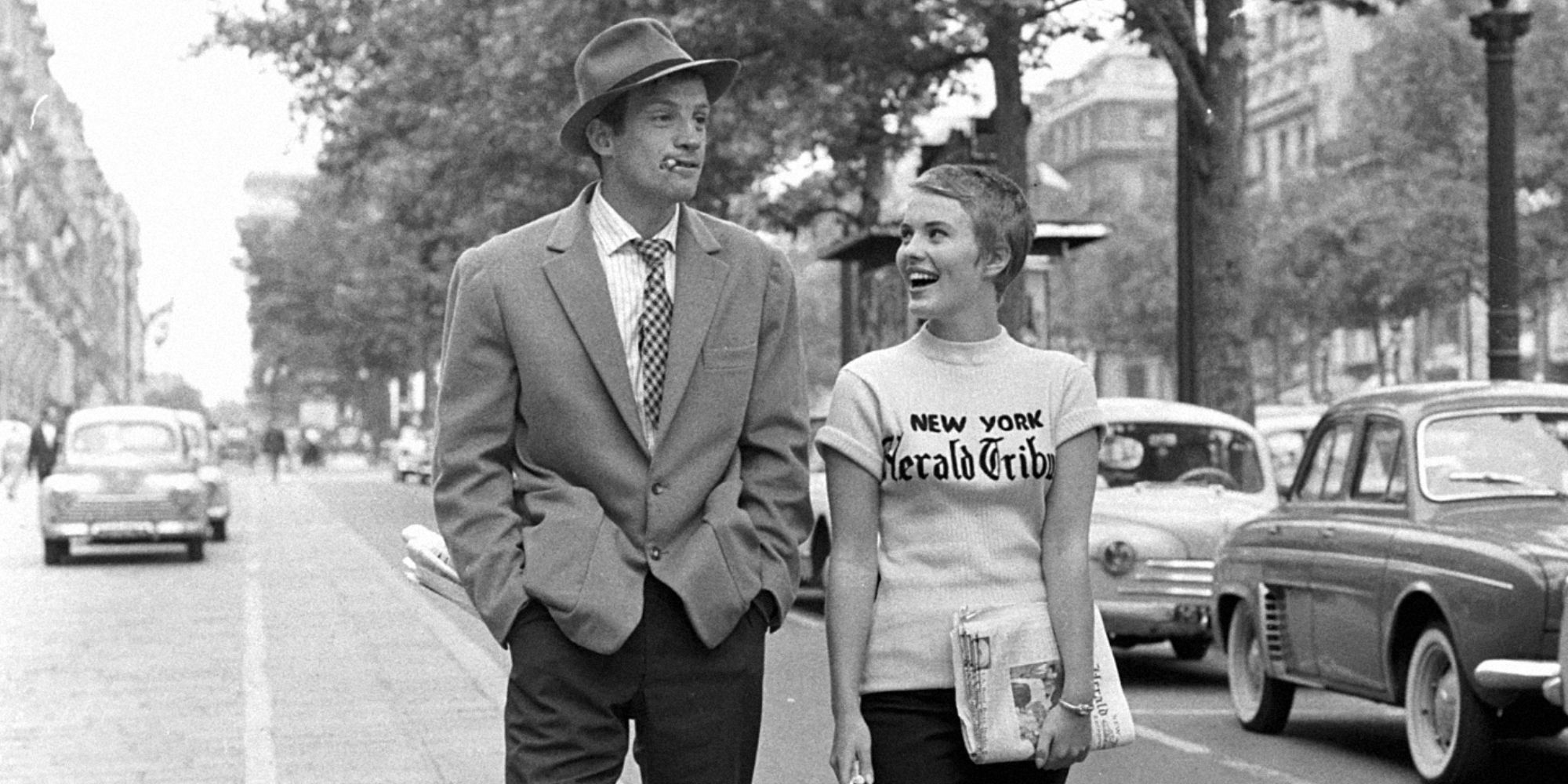
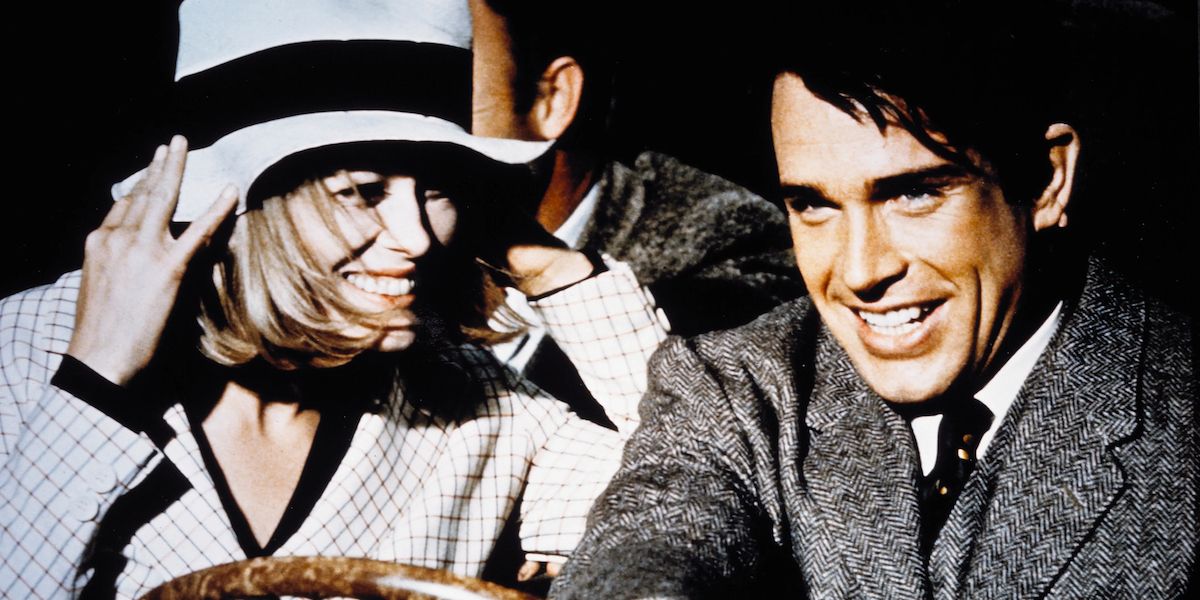
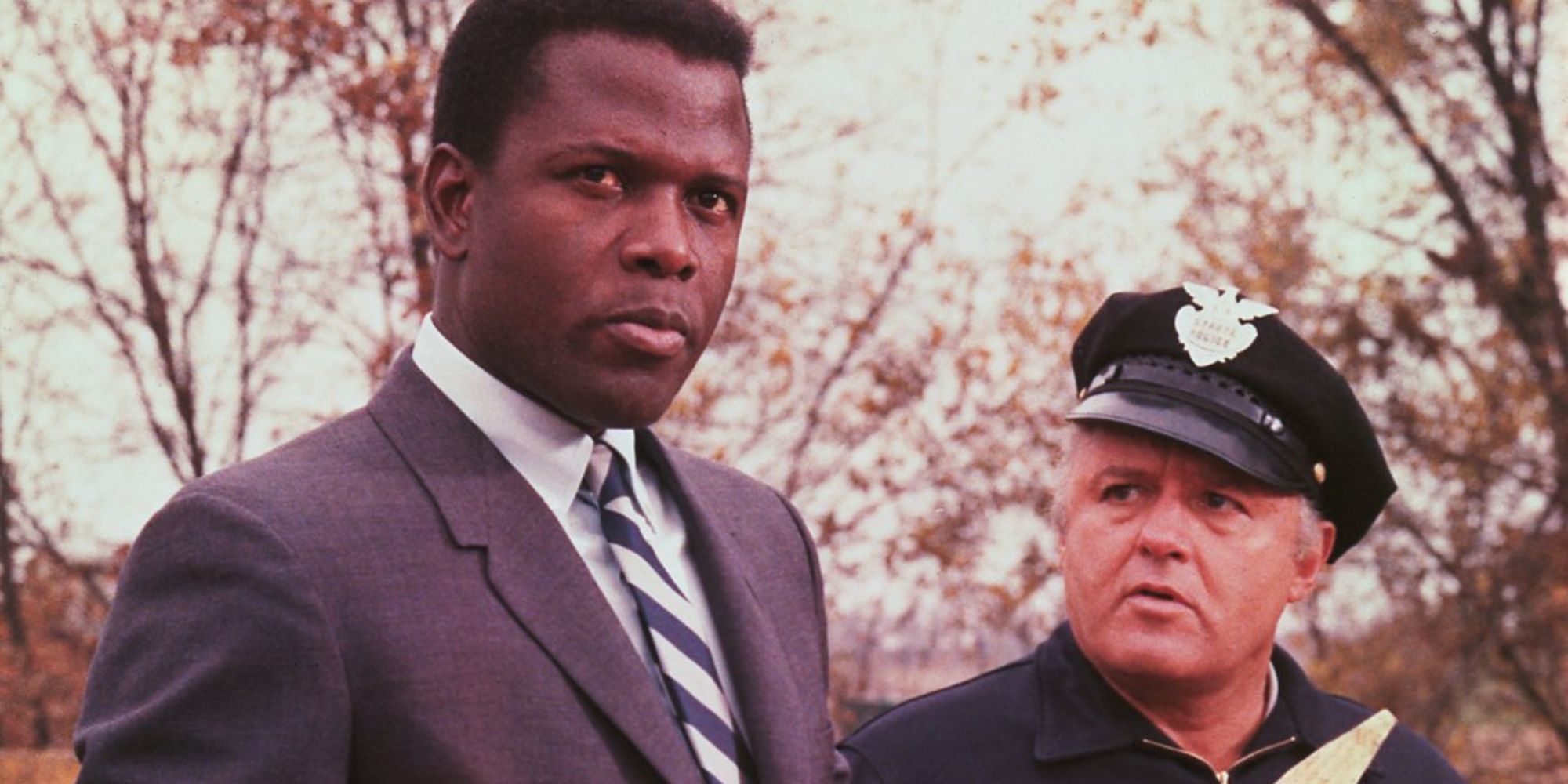
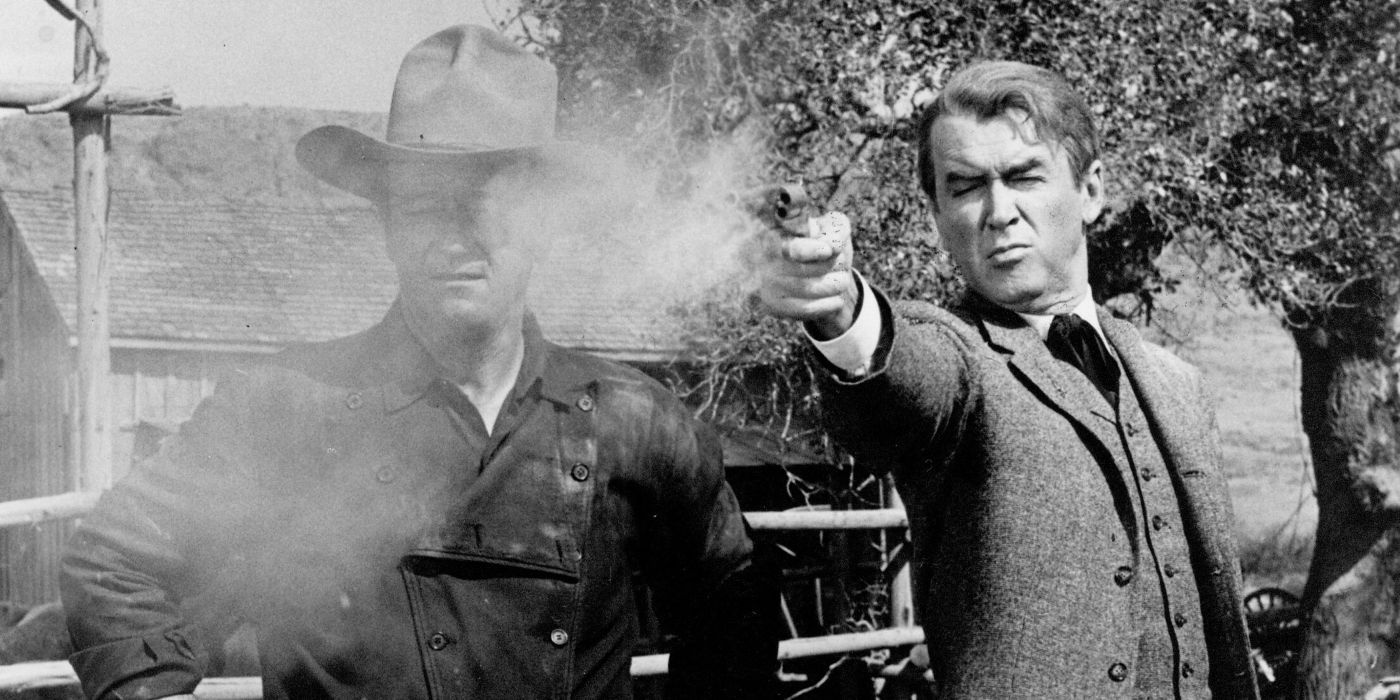
-2.jpg)
